#1 Alexander the Great was buried alive… accidentally.
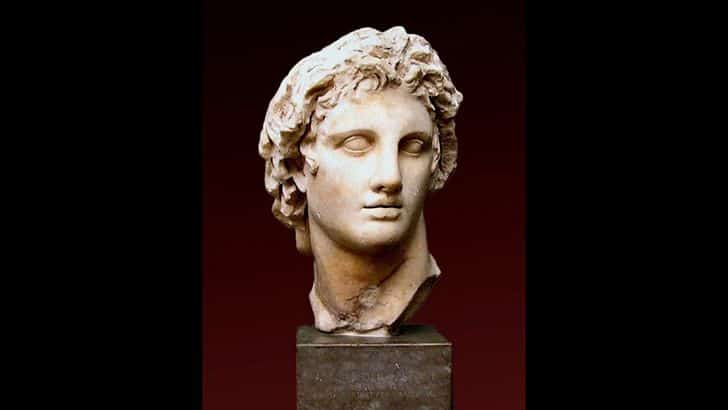
At age 32 when he died, Alexander the Great had conquered and created the largest land-based empire the world has ever seen. It stretched from the Balkans to Pakistan.
In 323 BC, Alexander fell ill and, after 12 days of excruciating pain, he seemingly passed away.
However, his corpse didn’t show any signs of rot or decomposition for a whole six days.
Modern-day scientists believe Alexander suffered from the neurological disorder Guillain-Barré Syndrome.
They believe that when he “died” he was actually just paralyzed and mentally aware. Basically, he was horrifically buried alive!
#2 In the Ancient Olympics, athletes performed naked.
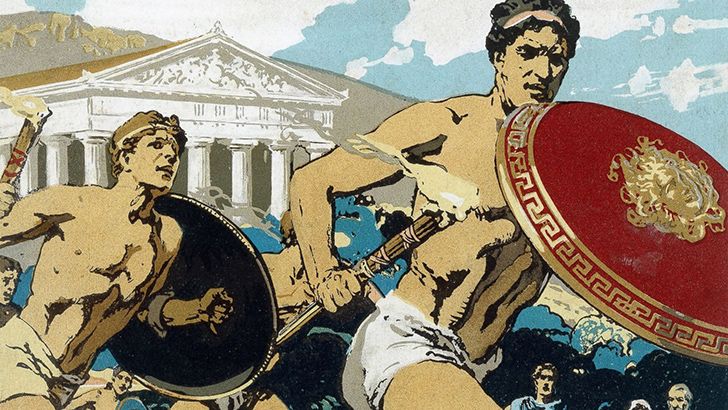
The athletes did this to imitate the Gods, but also to help them easily clear toxins from their skin through sweating after each attempt at a sport.
In fact, the word “gymnastics” comes from the Ancient Greek words “gumnasía” (“athletic training, exercise”) and “gumnós” (“naked”).
This translates as “to train naked”.
#3 The Colosseum was originally clad entirely in marble.
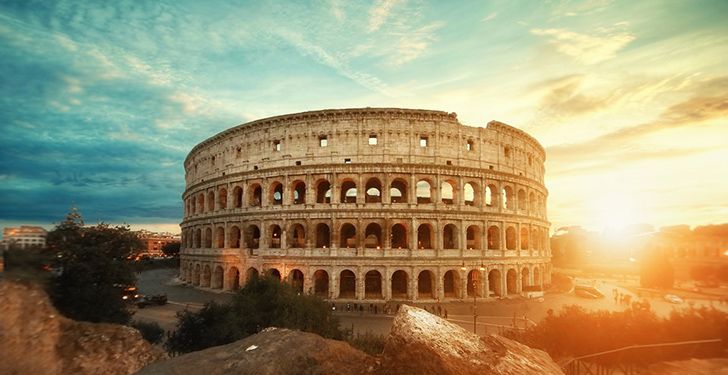
When you visit or see the Colosseum these days you’ll notice how the stone exterior appears to be covered in pockmarks all across its surface.
Whilst you might assume this is just degradation of the material due to its age, it is actually because it was originally clad almost entirely in marble.
The reason for the pockmarks is, after the fall of Rome, the city was looted and pillaged by the Goths. Yes that’s right, the Goths!
They took all of the marble from the Colosseum, and stripped it (mostly) down to its bare stone setting.
The holes in the stone are from where the iron clamps and poles attaching the marble cladding to it have been ripped out.
#4 It was named the Colosseum because it was next to a statue called the Colossus.
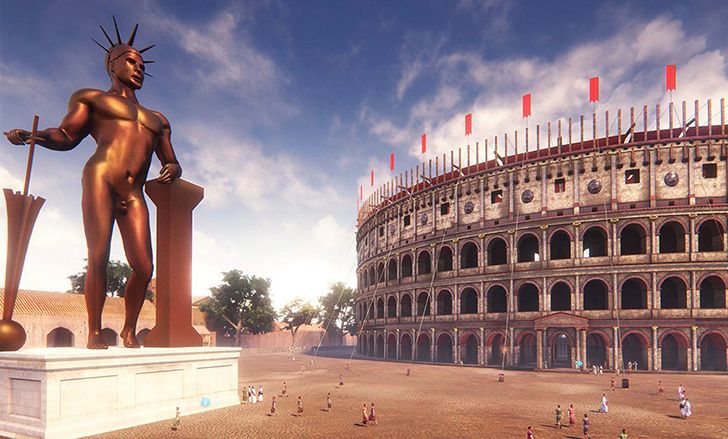
It was originally known as the Amphitheatrum Flavium, or Flavian Amphitheatre, as it was constructed during the Flavian dynasty.
Residents of Rome nicknamed it the Colosseo.
This was due to the fact that it was built next to a 164-foot statue of Emperor Nero known as “the colossus of Nero”.
#5 When Marcus Crassus died, molten gold was poured down his throat.

Marcus Licinius Crassus was known as the wealthiest man in Rome during his life.
The son of a Consul of Rome, Crassus fought in Sulla’s Civil War, played a key part in defeating Spartacus and ending the Third Servile War, and formed the first Triumvirate with Julius Caesar and Pompey the Great.
A shrewd man, throughout all he did Crassus accumulated more and more wealth – and it was his thirst for wealth that would eventually lead to his downfall.
Leading his troops in an ill-fated conquest of Parthia (modern-day Iran), Crassus and his forces were brutalized and bested by the Parthians time and time again.
After an unsuccessful parley for peace with the Parthian leaders, Crassus was killed. The Parthians poured molten gold down his throat, as a symbol of his thirst for wealth.
Some even say that his gilded head and hands were sent to the Parthian King to keep as trophies of his victory against Crassus and Rome.
#6 In Ancient Greece, wearing skirts was manly.

In fact, the Ancient Greeks viewed trousers as effeminate and would mock any men who wore them.
#7 A singing birthday card has more computer power in it than the entire Allied Army of WWII.

I bet Hitler, Churchill, Stalin and Roosevelt would have killed to get their hands on one of those cards!
The computer chip within them was so powerful by comparison that it would be inconceivable to the leaders of that time how we simply throw them away!
#8 Cleopatra’s reign was closer to the moon landings than the Great Pyramid being built.
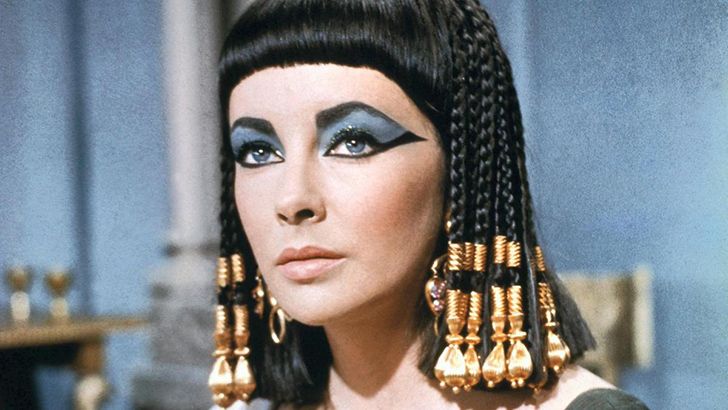
This is one of those facts that gives you some impression of just how expansive the life of the Egyptian Empire truly was.
Cleopatra reigned from 51 BC to 30 BC, roughly 2,500 years after the Great Pyramid of Giza was built (between roughly 2580 BC – 2560 BC), and roughly 2,000 years before the first lunar landings in 1969.
#9 During World War I, the French built a “fake Paris”.
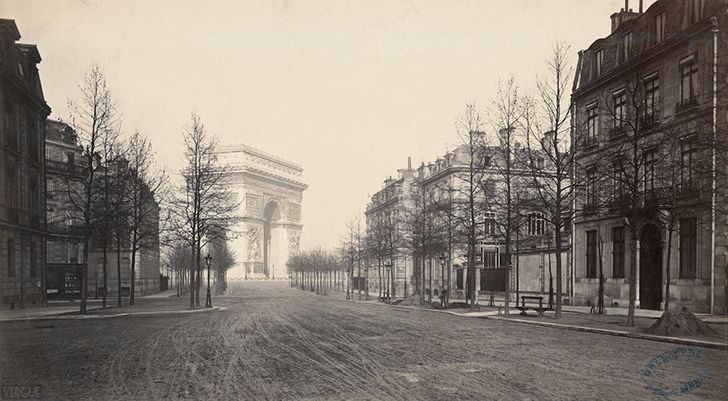
Complete with a replica Champs-Elysées and Gard Du Nord, this “fake Paris” was built by the French towards the end of WWI. It was built as a means of throwing off German bomber and fighter pilots flying over French skies.
It also even had a fake railway that lit up at certain points to provide the illusion from above of a train moving along the tracks!
#10 Genghis Khan was tolerant of all religions.
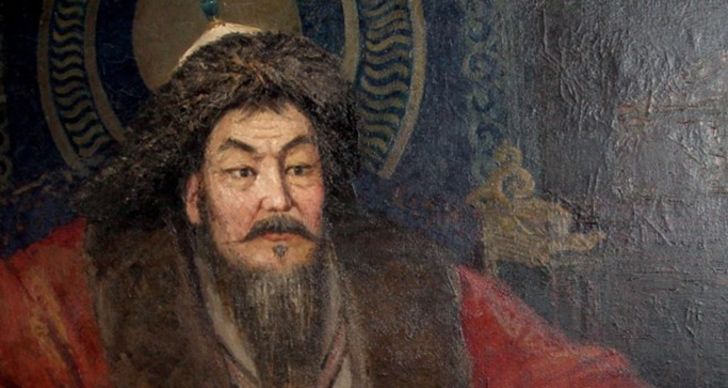
Back then, the world was a very intolerant place. More often than not, conquering warlords and emperors weren’t open to religions other than their own.
Genghis Khan was very different from other conquerors though in many different ways.
One was his interest in learning philosophical and moral lessons from other religions.
Despite being a Tengrist, he often consulted with Buddhist monks, Muslims, Christian missionaries, and Taoist monks.
Niceee😊
ReplyDeleteThank You
ReplyDelete